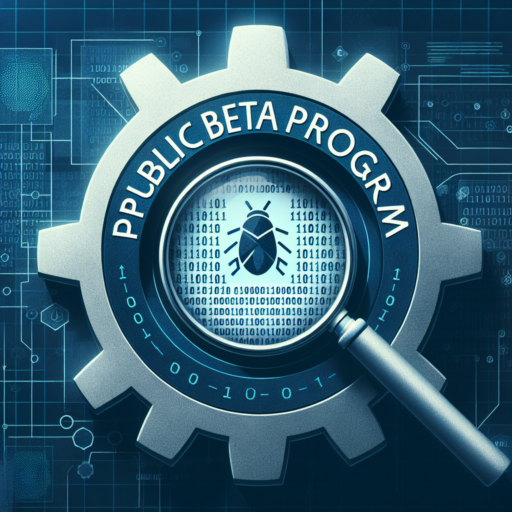No se han encontrado productos.
What is a public beta?
A public beta version of a software or product is essentially a test phase that occurs before the final release. This stage allows developers to distribute their product to a larger audience outside of the internal testing team. The primary goal here is to uncover any bugs or issues that went undetected during earlier testing phases. Public betas play a crucial role in the development cycle, offering real-world exposure and valuable feedback from users who utilize the software in various environments and on different platforms.
During a public beta, participants are given access to the beta version of the software. These users are encouraged to use the product in their day-to-day activities and report any problems they encounter. This feedback is incredibly beneficial for developers as it provides insights into how the software performs under a wide range of conditions. By engaging with public beta versions, users not only get a glimpse of upcoming features and innovations but also contribute to the product’s overall stability and usability.
It’s important to note that while participation in a public beta is often seen as an opportunity to preview the latest software, it’s equally significant for the refinement and success of the product. Beta versions may still contain errors or incomplete features, which is why the participation of tech-savvy and enthusiastic users is so vital. These users need to be prepared for potential issues while providing constructive feedback. Thus, a public beta serves as a bridge between private development stages and the final, polished version ready for the broader public.
What is the beta program?
The beta program refers to the pre-release testing phase of software, applications, websites, or services, allowing developers to gather feedback and make necessary adjustments before the official launch. It serves as a crucial step in the development process, aimed at identifying any potential issues, bugs, or user experience problems that might not have been noticed during internal testing. Participants in these programs, often called beta testers, are provided with an early version of the product and are encouraged to use it under real-world conditions.
Beta programs can vary widely in their structure, objectives, and duration depending on the complexity of the product and the goals of the developer. They can be classified into two main categories: open beta and closed beta. Open beta tests are publicly available to anyone interested in participating, while closed beta tests are limited to a specific number of pre-selected participants. This selection process ensures a wide range of feedback, covering different user types and scenarios, which can be invaluable for improving product quality and usability.
During the beta phase, developers closely monitor the use of their product, collecting data on performance, identifying any issues or bugs reported by testers, and gathering subjective feedback on user experience and satisfaction. This information is crucial for making final adjustments and ensuring that the product meets the expectations of its target audience. Importantly, the success of a beta program is often a strong indicator of a product’s performance post-launch, providing developers with a last chance to fine-tune and perfect their offering based on real-world usage and feedback.
Is Public Beta free?
Many enthusiasts and users frequently ask, «Is Public Beta free?» This question holds particular relevance for those eager to test new features of software or applications before they’re officially released. Public Beta versions are essentially trial periods offered by developers to iron out any bugs with the help of user feedback.
In general, Public Beta versions are indeed free to access. This openness encourages a broader user base to participate, offering valuable insights that can significantly improve the software’s performance and user experience before the final release. It’s a win-win situation where developers get to refine their products, and users enjoy early access to new features without any financial commitment.
However, it’s noteworthy that while Public Beta versions are free, they might come with certain limitations. These can include restricted access to some premium features that are reserved for paid versions or a limited usage period. Users should be aware of these conditions before signing up for a Public Beta to manage their expectations accordingly.
What are the benefits of public beta?
Engaging in a public beta phase offers a plethora of advantages for technology companies, from refining product features to fostering a strong community around new releases. By opening up a beta version of their product to the public, developers can harness the collective insights and feedback of a diverse user base. This inclusive approach not only accelerates the identification of potential issues but also enhances product reliability and user satisfaction.
User Feedback and Improvements
One of the paramount benefits of running a public beta is the abundance of user feedback it generates. This feedback is invaluable for identifying user interface problems, uncovering bugs, and understanding user needs in a real-world setting. It effectively transforms beta participants into a vast, voluntary test team, ensuring the final product is polished, user-friendly, and meets the expectations of its target audience.
Market Buzz and Product Hype
Additionally, public betas can serve as powerful marketing tools. They create pre-launch buzz and foster a sense of anticipation and excitement among potential users. As participants share their experiences on social media, forums, and with peers, they inadvertently become brand ambassadors, spreading word-of-mouth recognition and increasing visibility. This grassroots marketing effort can significantly boost the product’s visibility and attract a broader audience at launch.

